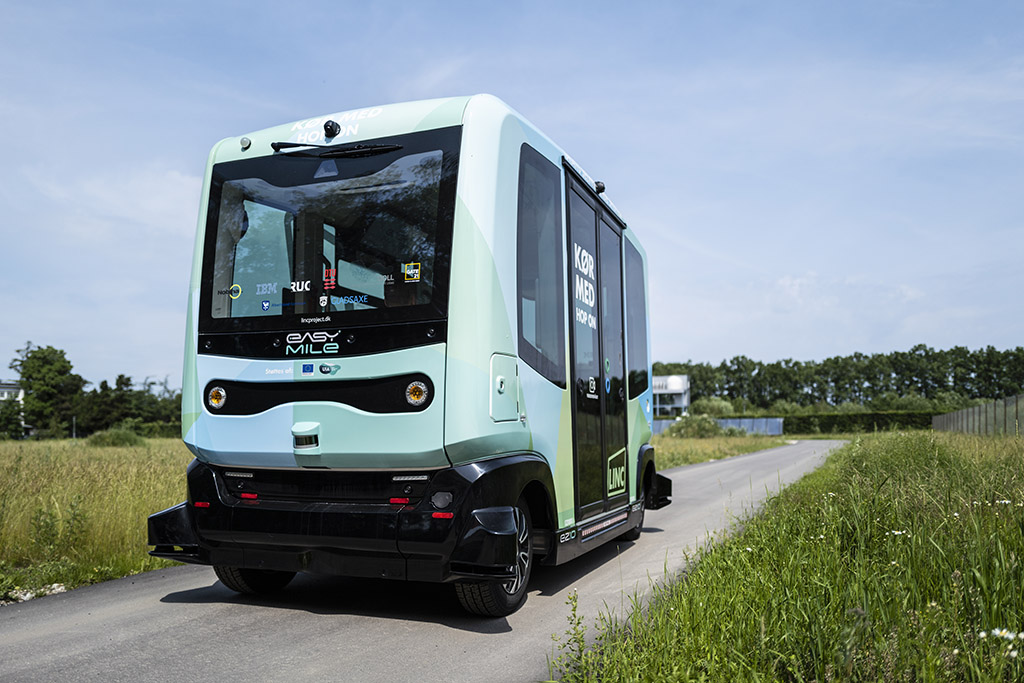
New catalog inspires urban planners to use self-driving transport
Scroll ned for at læse mere

Scroll ned for at læse mere
“With this catalog, we want to inspire municipalities to use existing urban planning tools when they work with self-driving public transport. An important point is that if we want to get ready for self-driving vehicles as part of sustainable cities, we need to start shaping the way we use public transport today,” says Charlotte Hauerslev, senior project manager at Gate 21.
Among other things, the catalog provides ideas for how self-driving shuttles can be used as a supplement to public transport, with a specific focus on functioning as a first and last-mile solution for the capital’s upcoming light rail in the municipalities along Ring 3.
Even though self-driving shuttles are only being tested at a few select locations in Denmark right now, it is still important that urban planners decide how public transport should adapt to the needs of the future and solutions that are able to strengthen sustainable mobility. So how can cities do this?
The inspiration catalog presents six approaches to incorporating the new sustainable transport opportunities into their planning:
– Transit-Oriented Urban Development – focusing on the station as a hub
– Mobility Management – working with behavioral changes in transport
– Mobility as a Service (MaaS) – creating coherent transport
– Mobility Services and Business Models – we need to think of new collaborations regarding transport solutions
– Shared Spaces – where the separation between cyclists, pedestrians and other road users is less divided, and focuses more on people and green areas
– Smart City and loT-based Mobility Solutions – these are about data and technologies that, among other things, can support transport behavior.
“The inspiration catalog can hopefully help show planners how important it is to get started on mobility planning and re-thinking the city today. There are many things that can already be done to strengthen green modes of transport and make cities more cohesive and accessible. It isn’t enough to wait until the technology is ready – the public transport of the future requires new solutions today,” says Anja Kraag, chief consultant in the Municipality of Gladsaxe, who has been a part of the LINC working group that developed this catalog.
Get inspired: Find out how your municipality can get ready for the public transport of the future. Download the catalog here.
LINC is one of the largest tests of self-driving shuttles in Denmark. LINC tests self-driving shuttles at DTU Campus Lyngby and offers demonstrations in Albertslund and Hersted Industrial Park.
The two test areas are located in one of Denmark’s largest urban development areas along Ring 3 in Greater Copenhagen, where light rail is currently being built. When the capital’s light rail opens in 2025, it will be 28 kilometers long, spread across 10 municipalities. LINC is investigating whether self-driving shuttles can become a first and last mile solution for passengers using the capital’s light rail, making everyday life a little easier.
LINC is funded by UIA and is a partnership between Nobina, IBM, RUC, DTU, Albertslund Municipality, Gladsaxe Municipality and Gate 21.
Read more about LINC here.